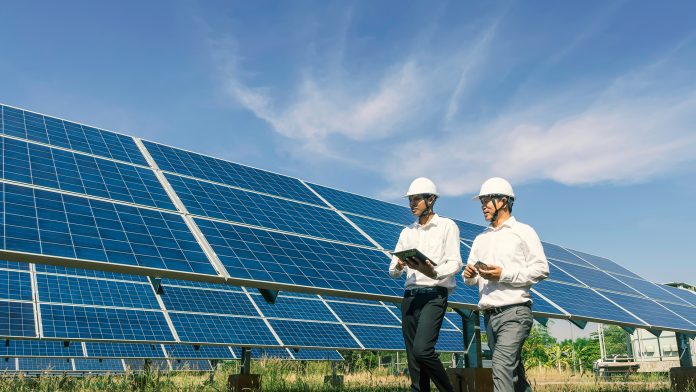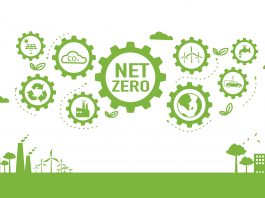In a study led by the University of Exeter and University College London, researchers have found four barriers to solar energy that must be resolved by the government.
The four barriers to solar energy are the creation of stable power grids, financing solar in developing economies, capacity of supply chains, and political resistance from regions that lose jobs.
Policies to resolve these barriers are thought to be more effective than price instruments such as carbon taxes in accelerating the clean energy transition.
The study, ‘The momentum of the solar energy transition,’ is part of the Economics of Energy Innovation and System Transition project, funded by the UK Government’s Department for Energy Security and Net Zero and the Children’s Investment Fund Foundation (CIFF).
Solar PV is set to become the dominant power source
Based on a data-driven model of technology and economics, the study found that solar PV is expected to dominate the global power mix before 2050.
Solar energy is projected to become our main energy source, even without support from more ambitious climate policies.
Dr Femke Nijsse, from Exeter’s Global Systems Institute, said: “The recent progress of renewables means that fossil fuel-dominated projections are no longer realistic.
“In other words, we have avoided the ‘business as usual’ scenario for the power sector.
“However, older projections often rely on models that see innovation as something happening outside of the economy.
“In reality, there is a virtuous cycle between technologies being deployed and companies learning to do so more cheaply.
“When you include this cycle in projections, you can represent the rapid growth of solar in the past decade and into the future.
“Traditional models also tend to assume the ‘end of learning’ at some point in the near future – when in fact we are still seeing very rapid innovation in solar technology.
“Using three models that track positive feedbacks, we project that solar PV will dominate the global energy mix by the middle of this century.”
Four barriers to solar energy
However, energy systems dominated by solar energy could become “locked into configurations that are neither resilient nor sustainable, with a reliance on fossil fuel for dispatchable power.”
The government must therefore overcome the barriers to solar energy, rather than trying to bring about the solar transition in itself. These key barriers are:
Grid resilience
Solar generation is variable so processes must be put into place to deal with the variability. To build resilience instead of burning fossil fuels, the government could invest in other renewables, transmission cables linking different regions, and electricity storage and policy to manage demand.
The study stated that government subsidies and funding for research and development are important for initially creating grid resilience.
Access to finance
Another barrier to the solar energy transition is the availability of finance. Currently, low-carbon finance is concentrated in high-income countries.
International funding favours middle-income countries, leaving low-income countries deficient in solar finance despite the huge potential for investment.
Critical minerals supply chains
The solar energy transition requires many critical minerals, causing demand to increase.
It is estimated that renewable technologies will make up 40% of total mineral demand for copper and rare earth elements, between 60 and 70% for nickel and cobalt, and around 90% for lithium by 2040.
Securing a sustainable supply chain of these materials is a major challenge.
Political opposition
The final barrier to solar energy is resistance from declining industries. The pace of the solar energy transition depends on both the economic decisions of entrepreneurs and how desirable policymakers consider it.
If the solar energy transition is to accelerate quickly, the livelihood of around 13 million people working in fossil fuel industries globally may be put at risk.
Regional economic and industrial development policies can mitigate risks posed by resistance from declining industries.
These four barriers must be overcome to facilitate the solar energy transition, and to ensure that net zero goals are met.









